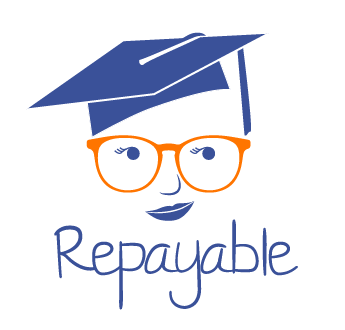
Is it Better to Rehabilitate or Consolidate A Defaulted Student Loan?
If you’ve defaulted on your student loans there are two major ways to get out of default and put your student loans back in good standing. Read this if you want to know whether consolidation or rehabilitation is best for you. Estimated read time ~ 5 min. Estimated watch time at 1.5x speed ~3 min.
It can be tough not to feel discouraged when your student loans are in default. Fortunately there are two main options, rehabilitation and consolidation, available to get your student loans out of default. The third option is to pay your student loans off in full but this isn’t really an option because if a borrower could pay the loans off in full it’s unlikely they would have defaulted in the first place.
Let’s talk about the difference between student loan rehabilitation and consolidation for getting your defaulted student loans back in good standing.
Rehabilitation
What it is: Student loan rehabilitation is set up with your student loan holder. To rehabilitate your student loan you will set up a monthly payment with your loan servicer. You’ll need to make nine payments within 20 days of their due dates during 10 consecutive months and then your defaulted loan will be back in good standing.
Advantages: The biggest advantage of rehabilitating your student loan is that the record of default will be removed from your credit history. Your late payments that were reported before you went into default will remain on your credit history, but the default itself will be removed.
How to do it: You’ll need to contact your student loan holder to get the process started. If you don’t know who your loan holder is you can log in to your Federal Student Aid Account to find out. Next you will provide your loan holder information about your income and they will determine a monthly payment that’s 15% of discretionary monthly income.
If that payment isn’t affordable you can ask the loan holder to calculate a reasonable alternative monthly payment. To do that you’ll need to provide documentation of monthly income and expenses. You’ll also need to fill out the Loan Information Income and Expense Document.
Consolidation
What it is: Student loan consolidation is set up with your student loan holder. To consolidate your student loan you will apply for a Direct Consolidation Loan and agree to repay it under an income-driven repayment plan. Borrowers can’t consolidate student loans that are being collected through wage garnishment unless the wage garnishment order is lifted.
Advantages: The biggest advantage of consolidating your student loan is that your loan will quickly be out of default, rather than taking nine months like rehabilitation. Unfortunately your default will still show up on your credit history.
How to do it: You’ll need to apply for a Direct Consolidation Loan. That application will require information about your income and you will need to enter an income-driven monthly repayment plan.
Problems?
If you’ve tried these steps and are feeling stuck you can contact the Department of Education’s Default Resolution Group at 1-800-621-3115.


Recent Comments